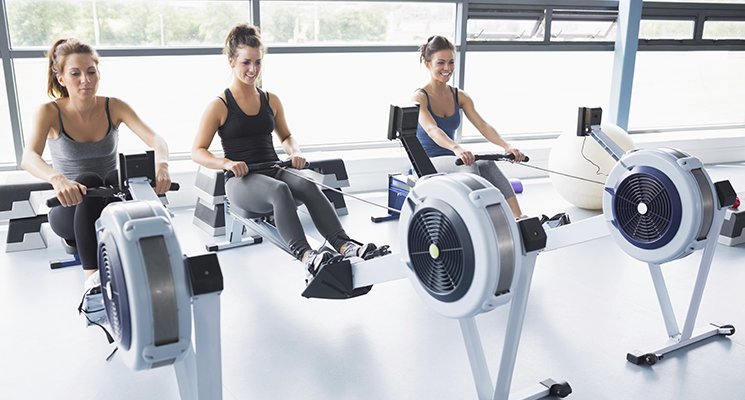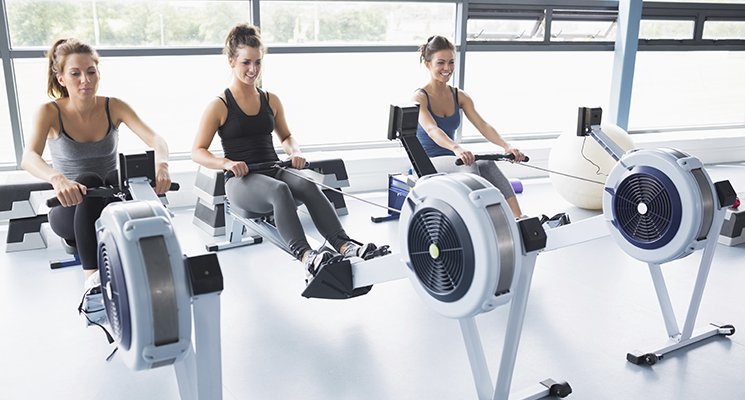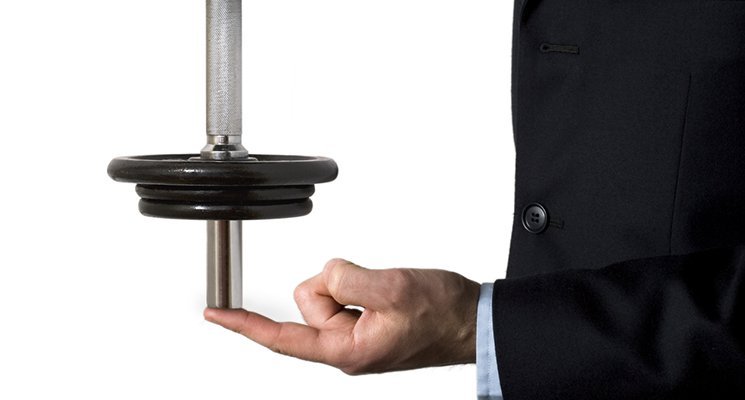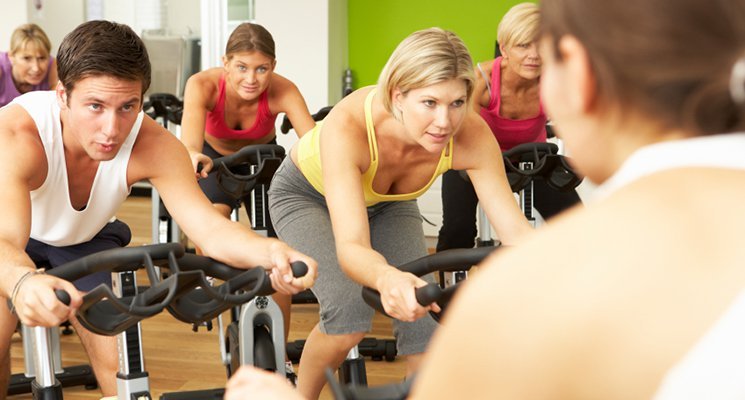When you hear the words whole-body cryostimulation, an image of Han Solo slowly and dramatically freezing in carbonite while princess Leia watches along in horror may spring to mind. The act of “freezing” is involved in this process; however, (thankfully) it’s not as dramatic as it sounds. While the chemical reactions within the body may seem straight-up science fiction, many elite athletes swear by it. According to recent studies published by Pubmed.org, Cryotherapy has proven to be extremely successful for treating not only inflammation in muscles after excessive exercise, but a variety of other ailments including chronic pain, arthritis, and even mental ailments such as stress and anxiety. However, the question remains: How safe is this method and should you offer it at your facility?
What is Cryotherapy and how does it work?
It’s not new. In fact, Whole Body Cryotherapy (WBC) was first used in clinical settings, to treat patients with medical conditions such as rheumatoid arthritis and multiple sclerosis. Over the years, it has been adopted by many professional athletes–most recently the Green Bay Packers American football team—as well as both elite and recreational athletic training facilities. Health and wellness spas have also expanded their offerings to include Cryotherapy.
The idea is similar to that of ice and heat therapy used by most athletes–and anyone who’s experienced sore muscles–to reduce swelling (think ice baths and the ol’ go-to “icy-hot” packs). However, a Cryotherapy chamber can reach temperatures as low as -264 degrees. Clients strip down and don a protective bathing suit as well as socks, gloves, and mouth and ear guards to protect them from the subzero temperatures. Only a few clients can go through a session at a time as they are guided through a series of chambers filled with nitrogen. After a few seconds–or a few minutes if you’re a real daredevil–you move to the next chamber with each being colder than the last. The cold temperature shocks your body into “survivor mode” as capillaries expand to hastily push more blood, oxygen and nutrients throughout your system and to your vital organs. Essentially, this process removes toxins and inflammatory components from your blood and then, once the body reaches normal temperatures, the new nutrient-rich blood flows back throughout your body.
Okay, so it still sounds a little like science fiction.
While there has been a significant spike in Cryotherapy users and advocates, it remains a very controversial method as the Food and Drug Administration does NOT recognize the benefits of Cryotherapy chambers and does not regulate the devises. The safety of this treatment is still under scrutiny, and many agree that more testing should be done to find hard scientific proof that this method provides quantifiable health benefits for treating pain. Among the many new fitness trends for 2016, injury prevention and recovery will be just as important as how we train. So, if a facility is looking to cash in on this growing trend, it would be wise to learn all it can about the Cryotherapy process and all safety procedures involved. Do your research and know your facts. Before incorporating this method into your facility, look up professional, scientific journals on the subject. You can also talk to facilities that already offer this method and find out how to properly maintain and operate Cryotherapy chambers. Make sure your staff is fully trained to operate the machines properly and safely. Furthermore, it would be beneficial to require a pre-training class with your clients before they begin use to ensure all safety measures have been taken. And lastly, stay up-to-date on news and testimonials about Cryotherapy. If you see a rise in accidents or injuries, make sure you have an emergency plan prepared. Your clients’ safety is of the utmost importance so be sure to keep that in mind when you are doing your research and deciding whether or not offering Cryotherapy is right for your facility.









